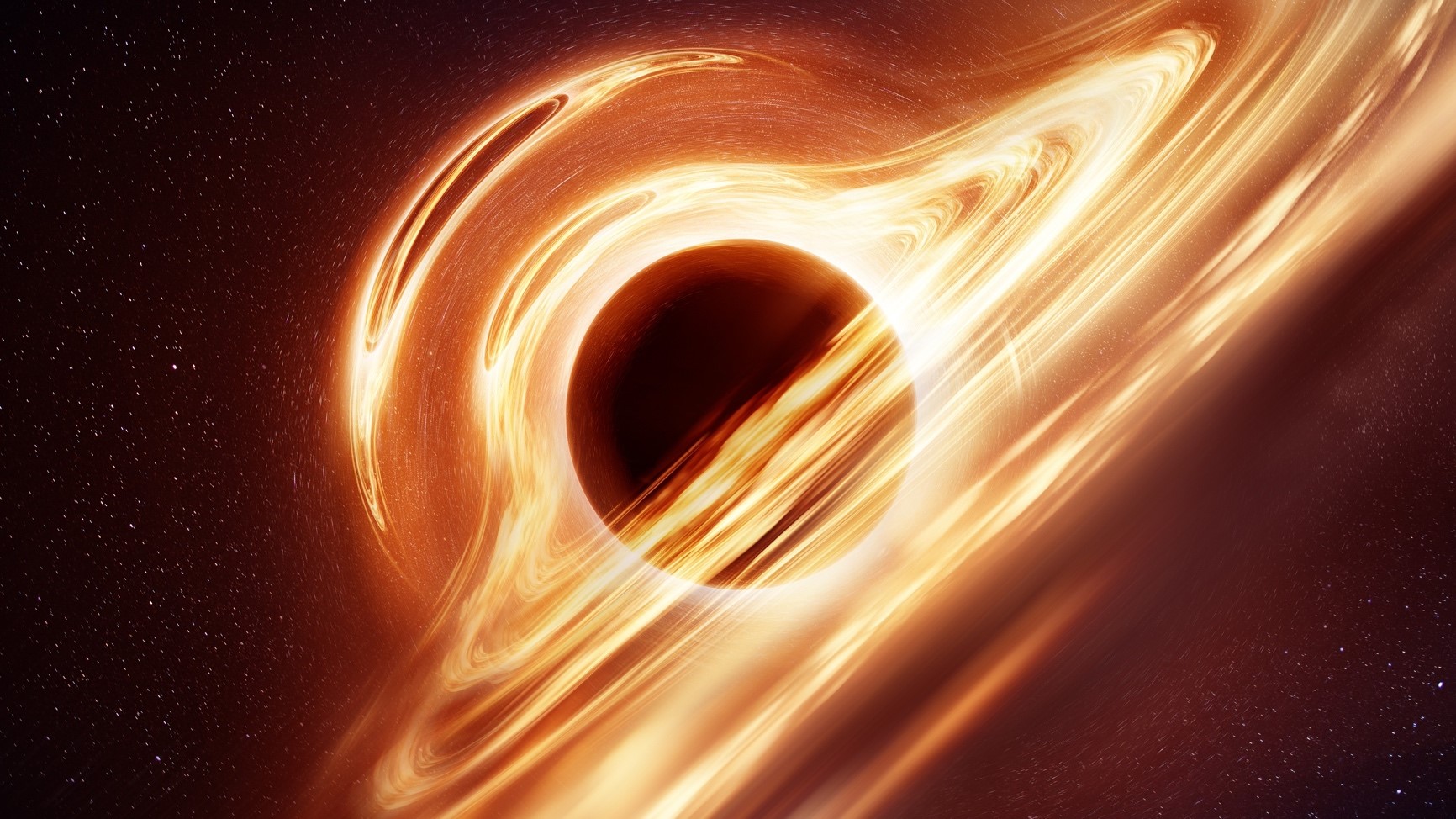Description

Disclaimer: Copyright infringement not intended.
Context
- PSLV-C58 XPoSat: India successfully launches satellite to study black holes from Sriharikota.
Details
Introduction to Black Holes
- A black hole is a region in space where the gravitational pull is so immense that nothing, not even light, can escape its gravitational field once it passes the boundary called the event horizon.
Formation Mechanism:
- Stellar black holes form when massive stars collapse under their own gravity after exhausting their nuclear fuel.
- Supermassive black holes likely evolve from the merging of smaller black holes and the accumulation of mass in the centers of galaxies over cosmic time.
Classification:
Black holes are categorized based on their mass:
- Stellar Black Holes: Formed from the remnants of massive stars, typically with masses ranging from a few to tens of solar masses.
- Supermassive Black Holes: Found in the centers of galaxies, with masses millions to billions of times that of the Sun.
- Intermediate Black Holes: Hypothetical black holes with masses between stellar and supermassive.

Structure and Characteristics:
Event Horizon:
- The event horizon marks the boundary beyond which the gravitational pull is so strong that nothing, not even light, can escape.
- It is the point of no return for anything approaching a black hole.
Singularity:
- At the heart of a black hole lies the singularity, where mass is compressed into an infinitely small point of infinite density.
Ergosphere and Photon Sphere:
- The ergosphere is the region outside the event horizon where a rotating black hole drags spacetime around it.
- The photon sphere is the region where photons can orbit the black hole at a specific distance from the event horizon.
Black Hole Physics and Concepts:
Hawking Radiation:
- Stephen Hawking proposed that black holes emit radiation due to quantum effects near the event horizon, causing them to gradually lose mass and potentially evaporate over vast timescales.
Information Paradox:
- The information paradox raises questions about the fate of information that enters a black hole, seemingly lost when the black hole evaporates, challenging principles of quantum mechanics.
Gravity and Time Dilation:
- Near a black hole, gravity is immensely strong, causing significant time dilation where time appears to slow down for an observer far from the black hole.
Observational Evidence and Detection:
Indirect Observations:
- Astronomers detect black holes by observing the effects of their gravity on nearby objects, such as stars orbiting an unseen massive object.
Direct Observations:
- The Event Horizon Telescope captured the first image of a black hole's shadow in the galaxy M87 by linking radio telescopes worldwide, providing visual confirmation of their existence.
Gravitational Waves:
- LIGO (Laser Interferometer Gravitational-Wave Observatory) and Virgo have detected gravitational waves from black hole mergers, opening a new window to study cosmic events.
Significance:
Cosmological Insights:
- Black holes serve as crucial laboratories to test theories of gravity, understand the behavior of matter under extreme conditions, and explore the evolution of galaxies and the universe.
Quantum Gravity:
- Studying black holes is fundamental to the quest for a theory that unifies quantum mechanics and general relativity, a challenge in modern physics.
Technological Advances:
- Observing black holes requires cutting-edge technology and collaborative efforts, pushing the boundaries of astronomy and data analysis.

Conclusion
Black holes stand as enigmatic cosmic phenomena, pivotal in shaping our understanding of the universe's fundamental principles. Their study not only illuminates the nature of gravity but also offers insights into the deepest mysteries of space, time, and the fabric of the cosmos. Continued research into black holes promises to unravel profound secrets of the universe and the laws governing its existence.
MUST READ ARTICLES:
https://www.iasgyan.in/daily-current-affairs/x-ray-polarimeter-satellite
|
PRACTICE QUESTION
Q. Discuss the significance of black holes in astrophysics, highlighting their formation, properties, observational evidence, and their role in advancing our understanding of the universe's fundamental principles. (250 Words)
|















